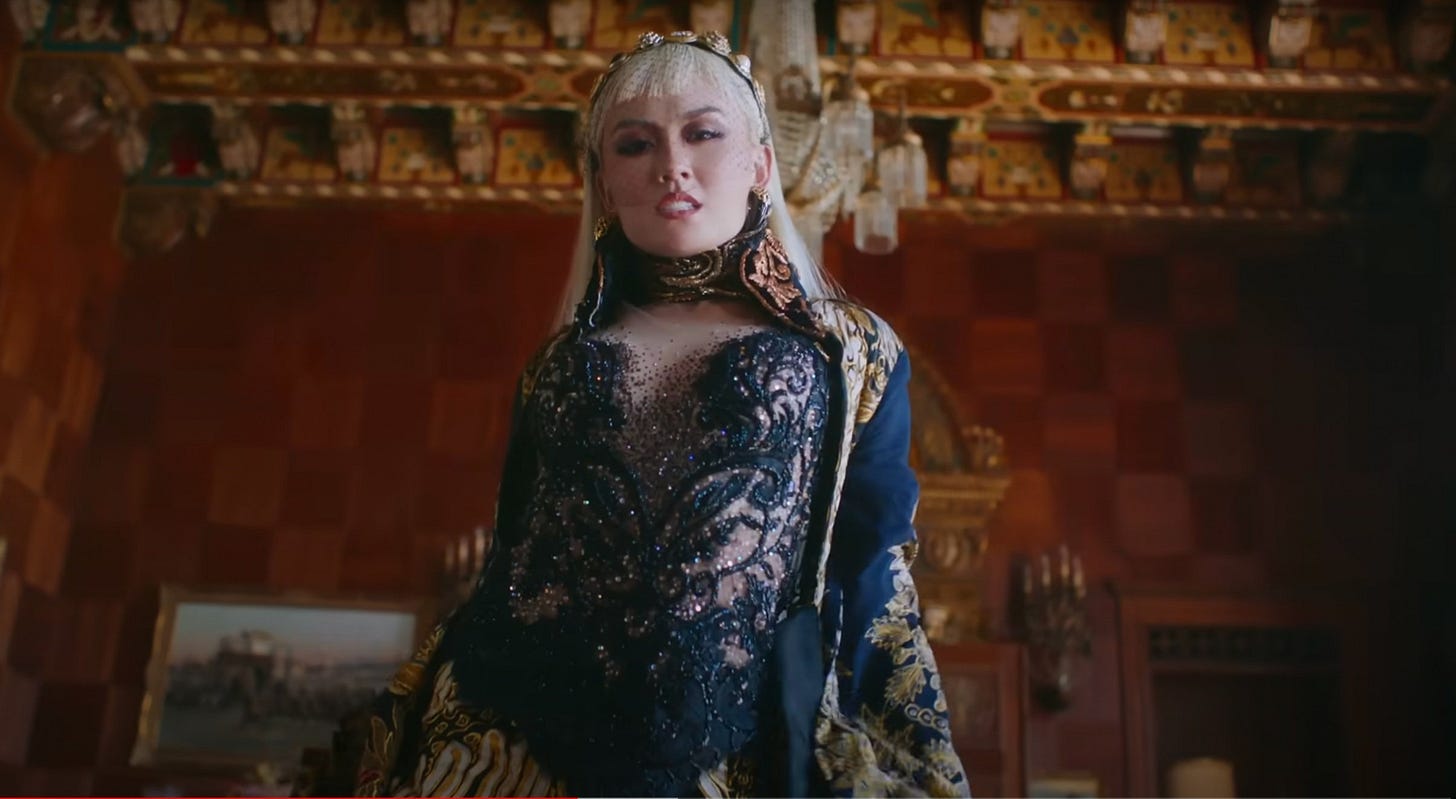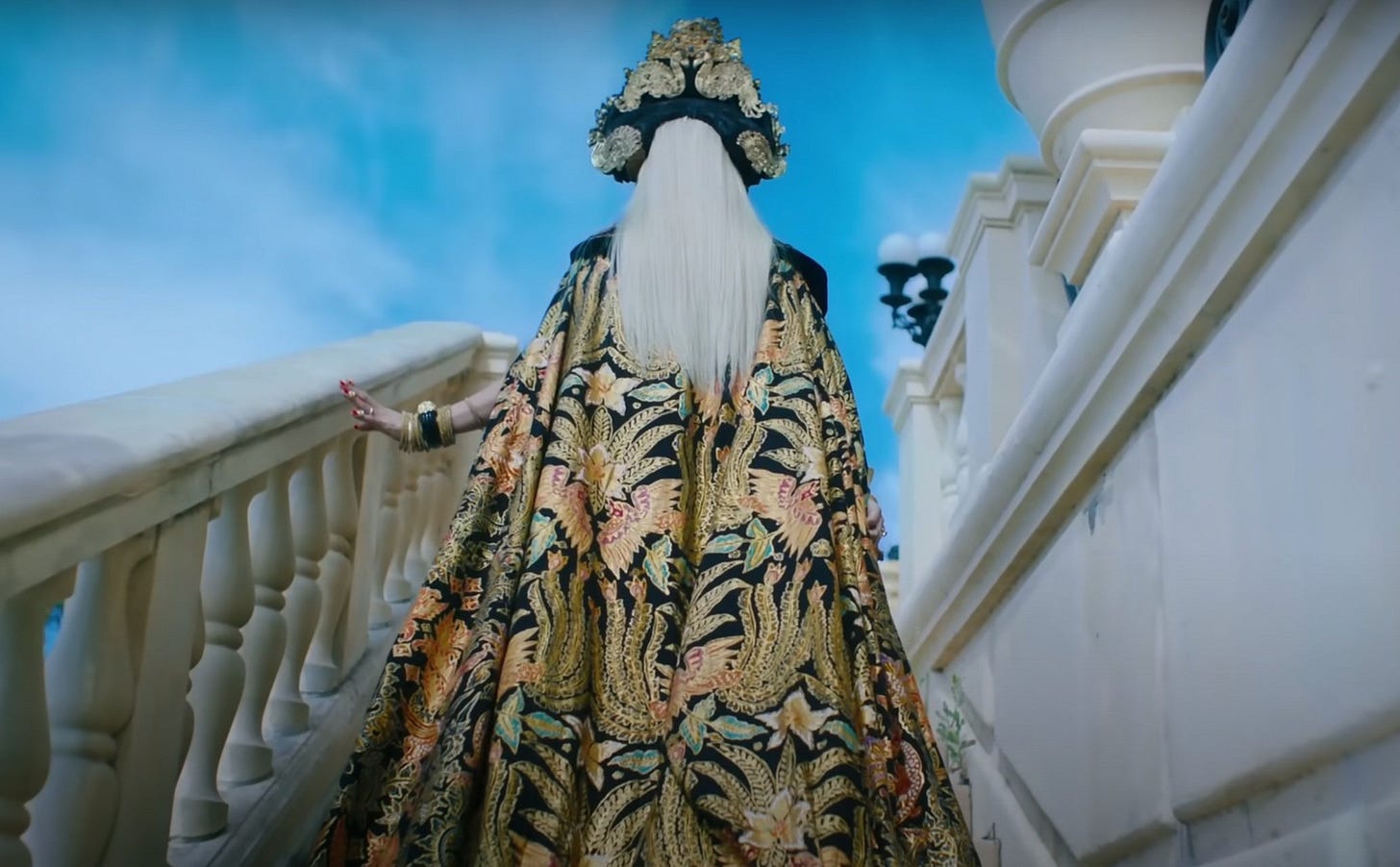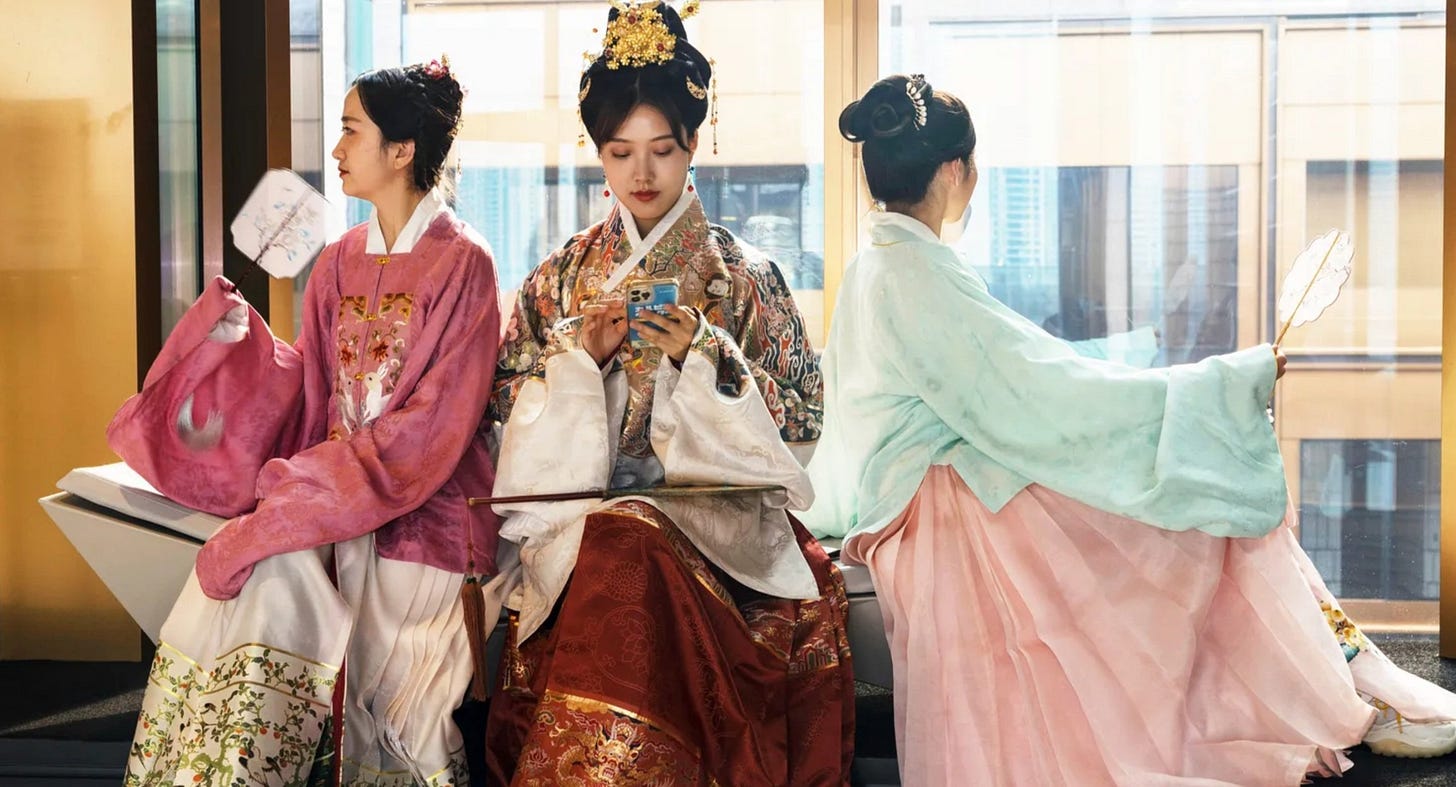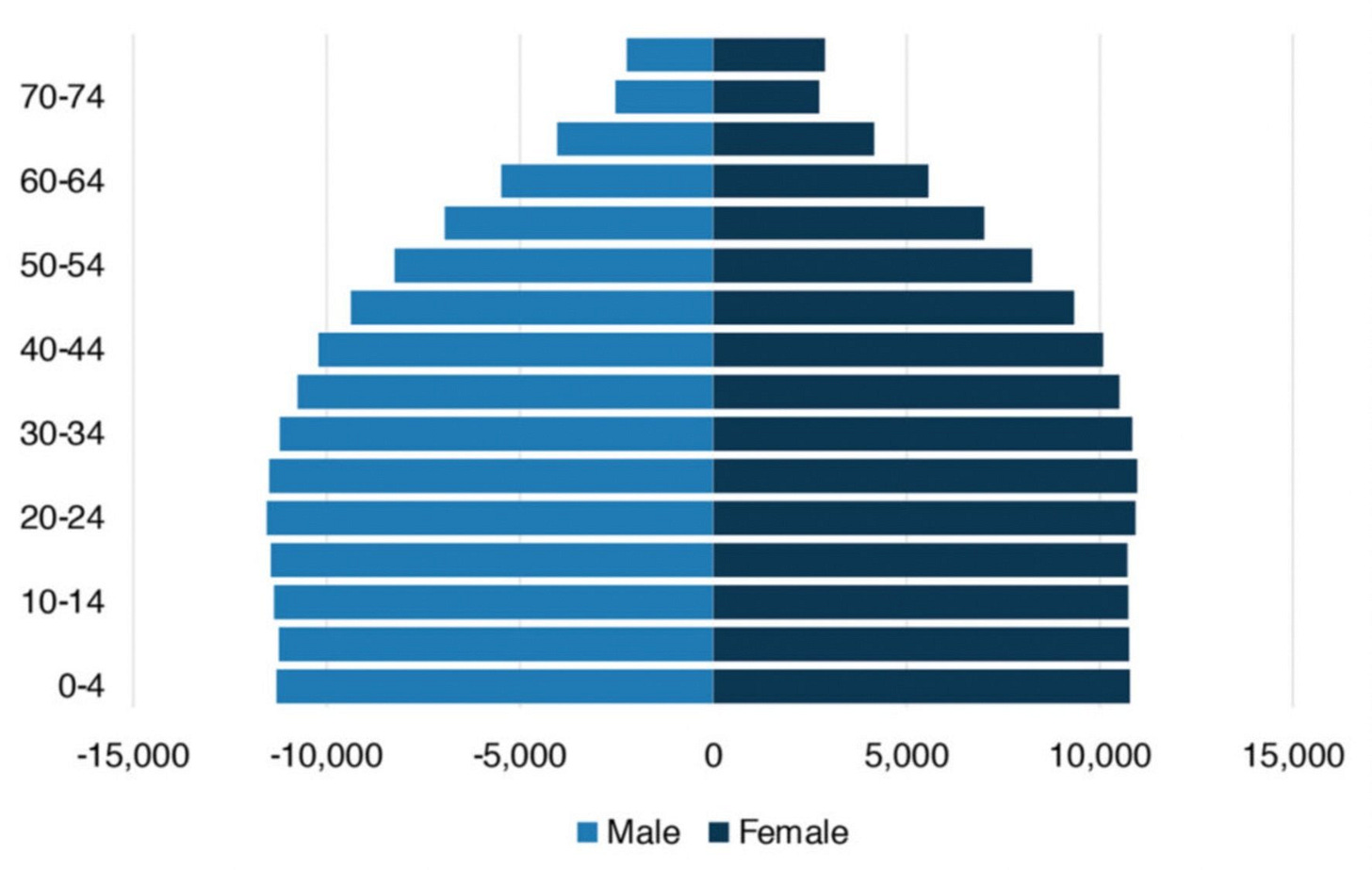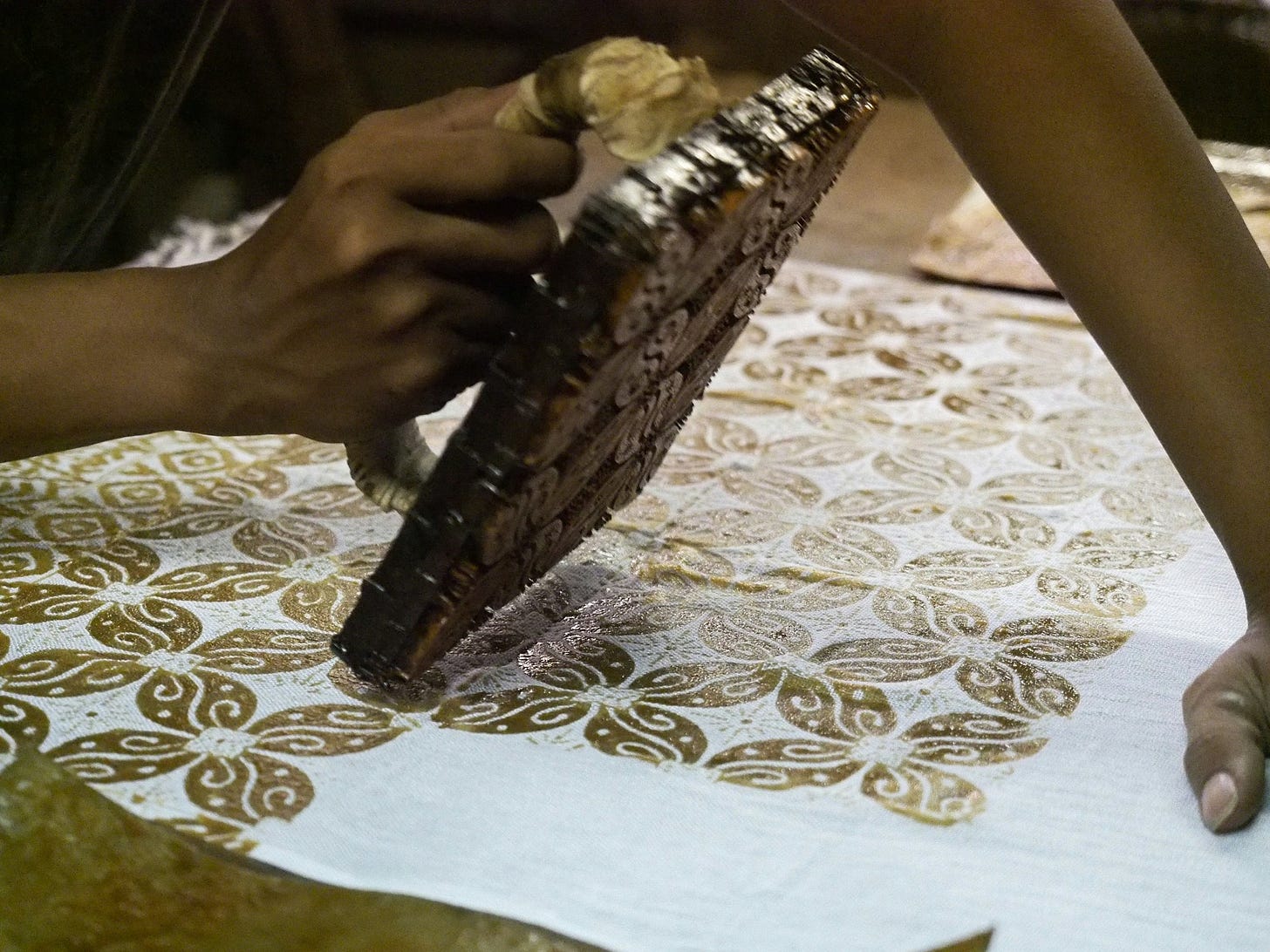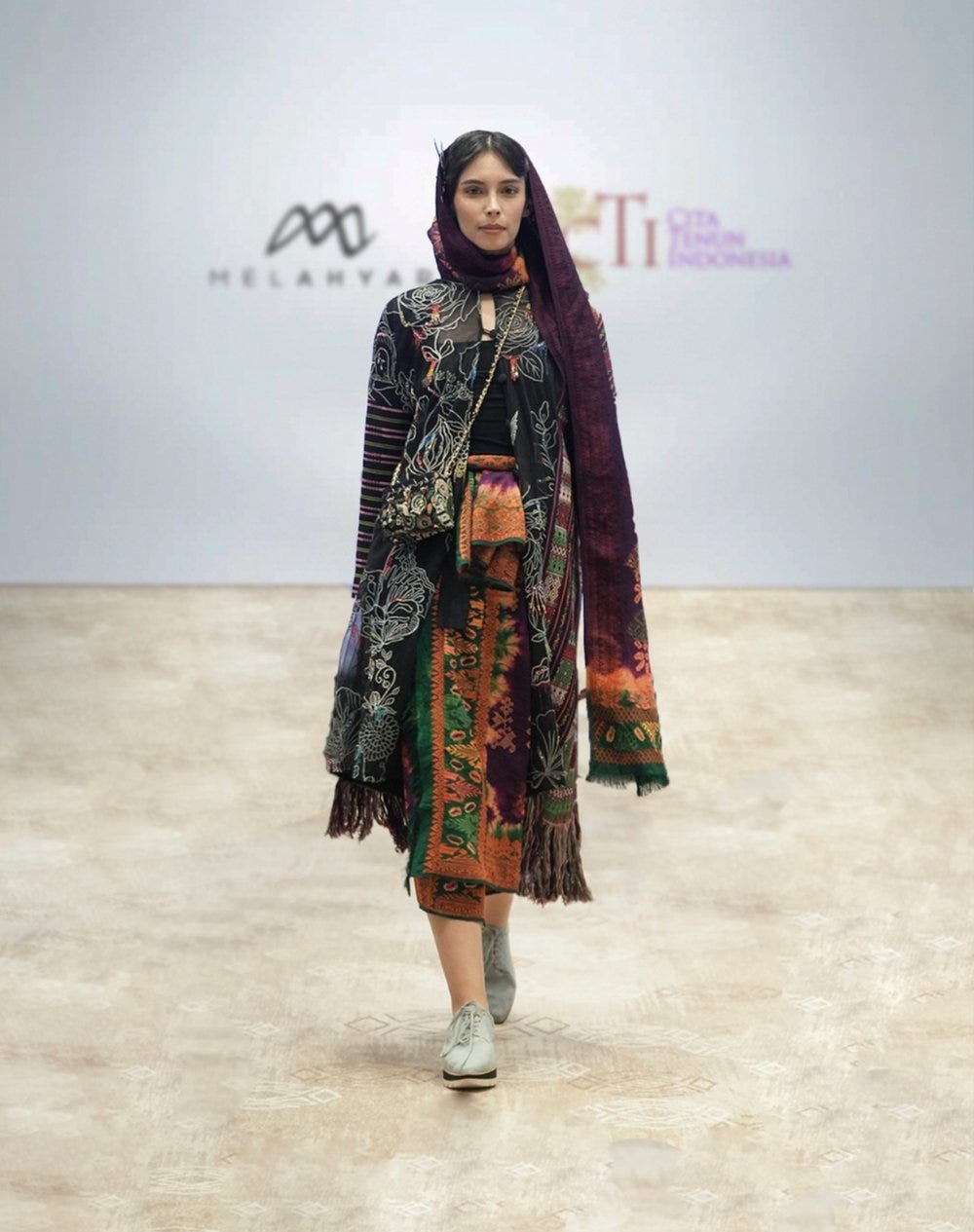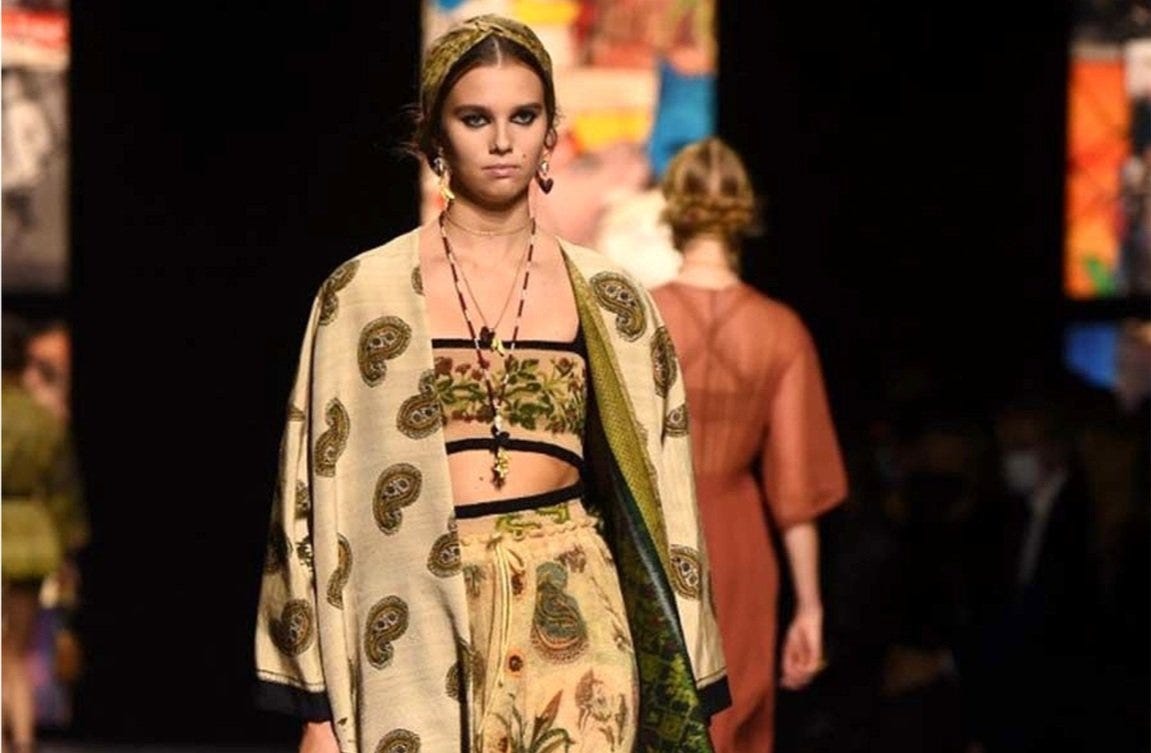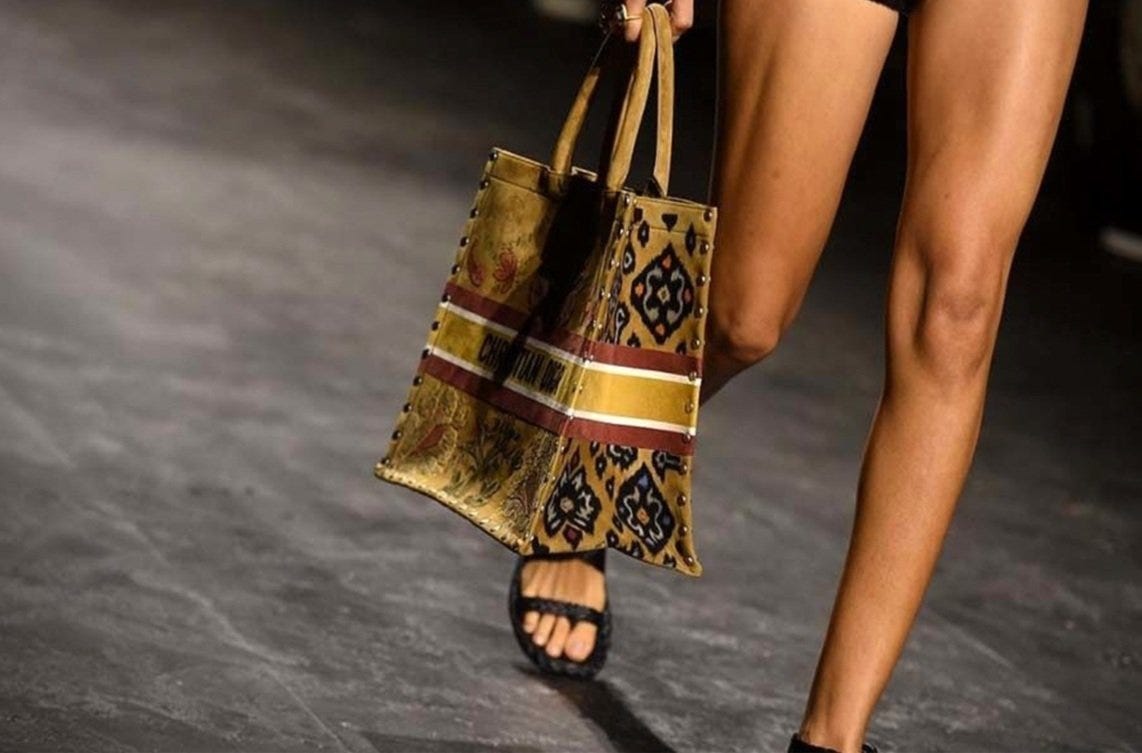Wastra Nusantara : Bending Indonesia’s Cultural Treasure With Modern Fashion
Written by By Yohanes Bayu & Sesilia Fajar
Before you read this article, take your time to watch Agnez Mo’s “Long as I Get Paid” music video. Embrace on the beauty of Indonesia’s high craftsmanship in batik as context for the article. The dress used on the music video was designed by Anne Avantie.
As the capital of social media, Indonesians spend at least 4 hours browsing on their phone with half of it scrolling through Instagram and Tiktok feeds (1). As they “doom scroll”, in today’s term, they are bombarded with videos from Douyin (Chinese version of Tiktok) displaying the users wearing ethnic outfits as well as hanfu and qipao. Hanfu is definitely gaining traction on Douyin through influencers showcase different Hanfu styles through outfit videos, runway recreations, or historical context incorporation, often portraying specific historical periods through accurate Hanfu styles and accessories. To make things interesting, these beautiful Douyin users use flashy transitions while posing with their parents or elderly people. Sometimes, with a mix of modern or experimental items such as black sunglasses or sneakers.
Back to Indonesia, the target audience for these Douyin videos are mostly entering their early young adult stage. As the Indonesian population’s average age and standards of living both continue to rise, Indonesia is benefitting from what we can call Demographic Dividends- a statistical demographic advantage which is a potent catalyst of economic growth and an attractive pull-factor for global investors .
Born in the early 90s, the millenials are flooded with invitations for wedding receptions and formal events from their families, friends, as well as work colleagues. They want to look trendy, edgy, and personal but still socially accepted like the Douyin user’s outfit. Furthermore, they also want to have a mature look when attending these events. As such, one popular option that can be conventional as well as experimental is the use of “wastra nusantara”.
Wastra means fabric while nusantara means the archipelago or in this case the nation. It is the collective term for Indonesia’s ethnic or traditional fabric such as batik, tenun, songket, and kain endek.
Batik and Tenun has been inseparable parts of Indonesia’s life. From casual lounge dress (daster) worn by housewives, batik for school and office uniform, to the traditional ulos scarf, these items are in the DNA of every Indonesian. Once exclusively used for royalty and ceremonial purposes, modern day wastra are now synonymous with formality and nationalism. Tailored batik shirt for male has been the basic formal norm in Indonesia as it signifies dignity, maturity, elegance, and power. For the women, the options are broader with batik dresses, wastra wrapped skirts (usually batik or tenun), or any fabric accessories.
With the flexibility and broad possibility of wastra, brands responded by introducing modern touch to the ancient craft. These brands also work with local craftsmen as well as empowering the women workforce in the rural areas. By doing so, these brands are able to tell more unique stories for every piece of wastra produced. Moreover, they also tweaked the traditional patterns or technique to bring a more modern and versatile look while retaining the cultural heritage.
Designers such as Anne Avantie, Didiet Maulana, and Auguste Susastro took over the market for the high end craftsmanship alongside the classic tailors Wong Hang and Hariom’s Tailor. On the other side, brands such as Sukkha Chitta, Batik Wolter, and Kaind took over the broader market by providing a more casual approach to wastra. Similarly, both end of the spectrum provide tailoring services as well as marketing through omni sales channel to tap into their customers.
The government also took part in this rising trend by supporting events regionally (mostly Jakarta), nationwide, as well as international exhibitions. Current Ministry of Tourism and Creative Industry alongside the current elected Vice President exhibits the most support for the rising demand for wastra, especially those who empower local craftsmen and/or women. Internationally, wastra has been acknowledged even by the Paris’ maison such as Christian Dior.
Website of Ministry of Foreign Affair. “Wastra Nusantara: The Journey to Indonesian Fashion” show by Ambassador of Indonesia for Doha office showcasing the collaboration of Cita Tenun Indonesia foundation (focusing on traditional tenun fabric) with 3 prominent Indonesian designers and brands; Mel Ahyar, Danjyo Hiyoji, and Eridani. October 30th – 31st 2022
The use of endek Bali fabric for their Spring/Summer 2021 collection had drawn a lot of attention towards Indonesian wastra. Moreover, batik exports has become a prospective business in recent years. Batik become synonymous worldwide with the culture and creativity of Indonesia. By the end of 2022, batik exports reached US$ 64.56 millions which is up by 30.1% yoy compared to 2021 exports value. Up until 1Q 2023, batik exports value had reached US$ 26,7 millions and expected to reach US$ 100 millions according to the Ministry of Industry (3).
With all the opportunity that has been served on the table, brands are called to respond effectively and efficiently to tap into this lucrative market. The Demographic Dividends of Indonesia is still growing and companies still have years to reap this harvestful phenomena. Key takeouts for this opportunity is by having engaging stories that revolves around cultural treasures of wastra and local craftsmen/women empowerment while at the same time aligning those values with a modern touch.
Finishing the article, do watch the music video “Wonderland Indonesia” by Alffy Rev and embrace the different kind of wastra used as the female lead wore various traditional clothes of myriad ethnic groups. As for the male leads, he wore different wastras in a more modern setting for his outer fits. All and all, this will help you to better understand the wastras as is in traditional settings and as modern fashion items.
About the writers: Yohanes Bayu and Sesilia Fajar
Duo siblings with years of experience in the fashion, design, and luxury business. Both finished their bachelor degree majoring in Economics. Upon graduating, Bayu and his partners founded ARKATEX holdings company with business units ranging from luxury watch protection, graphic design, to retail fashion. At the same time, Bayu finished his master degree in Investment Management. As for Sesilia, she currently works as pattern drafter teacher at ESMOD Jakarta and also founded the same retail fashion company with Bayu while finishing her master degree in Education Technology.



